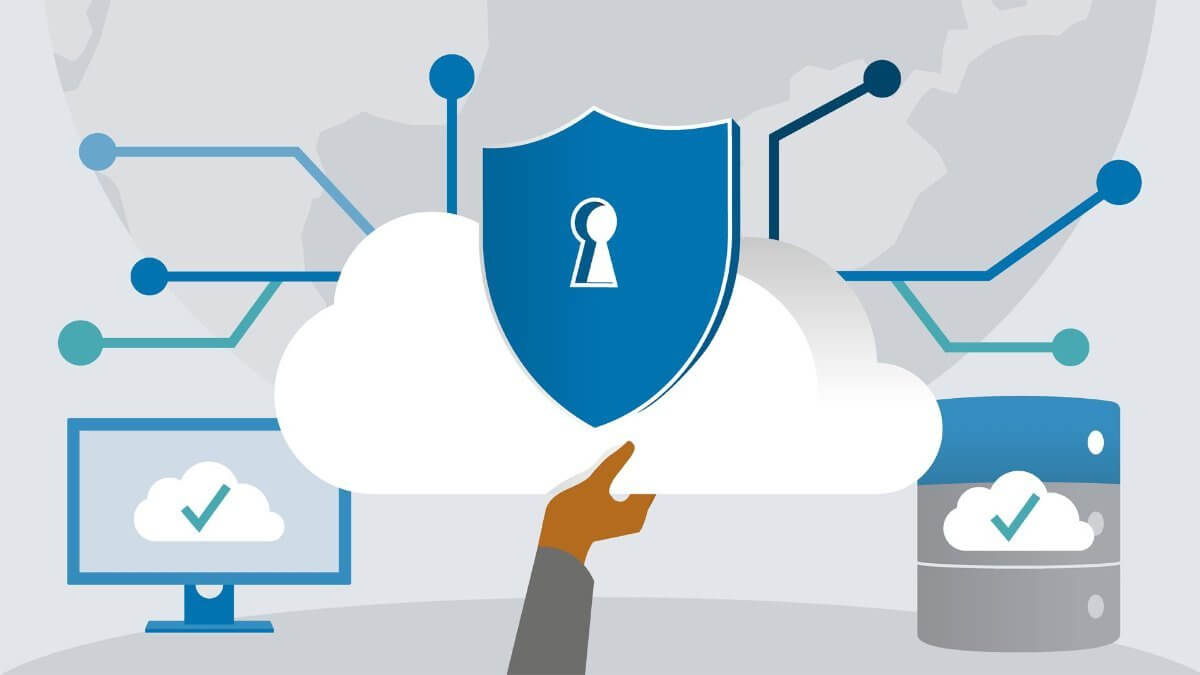The security risks that threaten data centers and networks currently change when applications are migrated to the cloud, whether it is a complete migration or a hybrid scenario in which some applications are transferred to the cloud and others remain available locally.
Security configurations are process oriented; Cloud computing environments are dynamic and virtual workloads can be created or modified in minutes.
In this sense, cloud computing teams work in a highly dynamic environment, with workloads that are added, removed and changed continuously.
On the contrary, the security configuration of this workload can take hours, days or weeks.
Security delays are not designed to create blockages, but are the result of a process that is intended to maintain a solid security strategy and policy changes must be approved, appropriate firewalls identified, and relevant policy updates determined, Unless this imbalance is known and addressed as part of the migration to the cloud, there would be discrepancies between security policy and the implementation of workloads in the cloud.
As a result, the security strategy would become inefficient and could endanger intellectual property and important data, as well as result in breach of compliance and management policies and regulations.
That's why we show you 3 key requirements for cloud security that your company can adopt.
Homogeneous security in physical and virtual formats.
The same levels of application control, inappropriate and misconfigured management of these, and threat prevention are required to protect both the cloud computing environment and the physical network.
Segmentation of business applications through the principles of the Zero Trust method.
In order to maximize the use of computing resources, at present, a relatively common practice is to combine several levels of application workload confidence in the same computing resource. The objective is to control traffic between workloads, while preventing lateral movements of threats.
Centralized management of security implementations and optimization of policy updates.
In almost all companies, security systems for the physical network are still being implemented, so it is essential to be able to manage hardware and virtual format implementations from a centralized location through the same administration interface and infrastructure. The solution chosen must be able to expand physical and virtual environments through consistent policy management and application framework, and should include functions that automate security policy updates.

